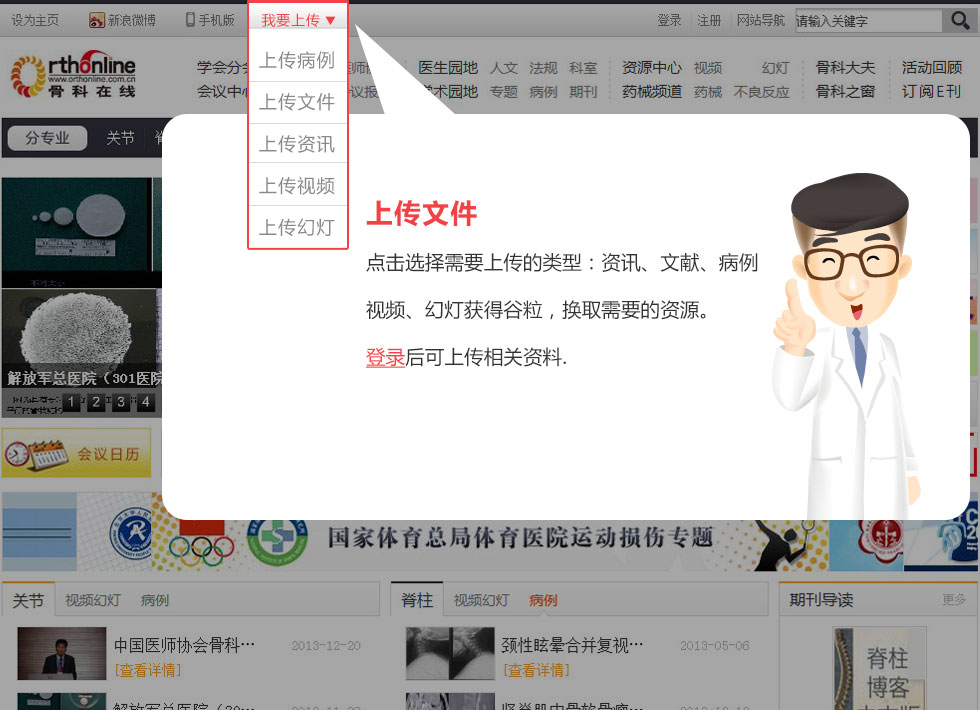In vitro cartilage production using an extracellular matrix-derived scaffold and bone marrow-derived mesenchymal stem cells
第一作者:ZHAO Yan-hong
2013-10-29 点击量:554 我要说
ZHAO Yan-hong, YANG Qiang, XIA Qun, PENG Jiang, LU Shi-bi, GUO Quan-yi,
MA Xin-long,XU Bao-shan, HU Yong-cheng, ZHAO Bin, ZHANG Li, WANG Ai-yuan
XU Weng-jing, MIAO Jun and LIU Yue
Background Cartilage repair is a challenging research area because of the limited healing capacity of adult articular cartilage. We had previously developed a natural, human cartilage extracellular matrix (ECM)-derived scaffold for in vivo cartilage tissue engineering in nude mice. However, before these scaffolds can be used in clinical applications in vivo, the in vitro effects should be further explored.
Methods We produced cartilage in vitro using a natural cartilage ECM-derived scaffold. The scaffolds were fabricated by combining a decellularization procedure with a freeze-drying technique and were characterized by scanning electron microscopy (SEM), micro-computed tomography (micro-CT), histological staining, cytotoxicity assay, biochemical and biomechanical analysis. After being chondrogenically induced, the induction results of BMSCs were analyzed by histology and Immunohisto-chemistry. The attachment and viability assessment of the cells on scaffolds were analyzed using SEM and LIVE/DEAD staining. Cell-scaffold constructs cultured in vitro for 1 week and 3 weeks were analyzed using histological and immunohistochemical methods.
Results SEM and micro-CT revealed a 3-D interconnected porous structure. The majority of the cartilage ECM was found in the scaffold following the removal of cellular debris, and stained positive for safranin O and collagen II. Viability staining indicated no cytotoxic effects of the scaffold. Biochemical analysis showed that collagen content was (708.2±44.7) μg/mg, with GAG (254.7±25.9) μg/mg. Mechanical testing showed the compression moduli (E) were (1.226±0.288) and (0.052±0.007) MPa in dry and wet conditions, respectively. Isolated canine bone marrow-derived stem cells (BMSCs) were induced down a chondrogenic pathway, labeled with PKH26, and seeded onto the scaffold. Immunofluorescent staining of the cell-scaffold constructs indicated that chondrocyte-like cells were derived from seeded BMSCs and excreted ECM. The cell-scaffold constructs contained pink, smooth and translucent cartilage-like tissue after 3 weeks of culture. We observed evenly distributed cartilage ECM proteoglycans and collagen type II around seeded BMSCs on the surface and inside the pores throughout the scaffold.
Conclusion This study suggests that a cartilage ECM scaffold holds much promise for in vitro cartilage tissue engineering.





 京公网安备11010502051256号
京公网安备11010502051256号